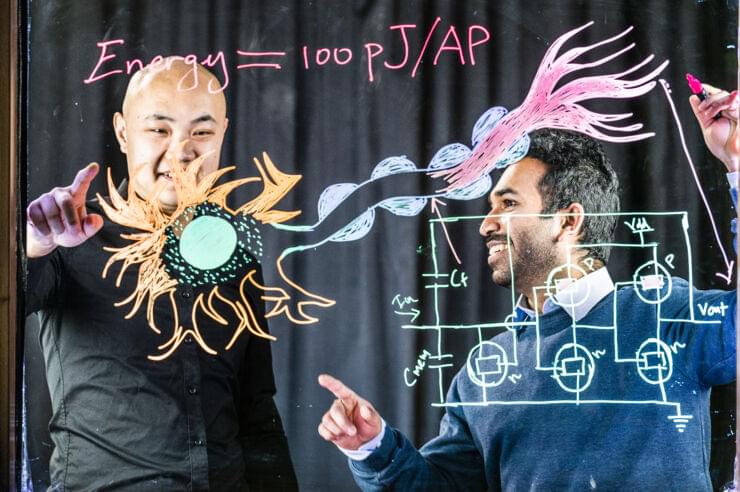Meta Founder and CEO Mark Zuckerberg unveiled AI tasks and Meta’s work on AI research at Inside the Lab event to make the metaverse a reality.



Decades of research has shown that limits on calorie intake by flies, worms, and mice can enhance lifespan in laboratory conditions. But whether such calorie restriction can do the same for humans has remained unclear. Now a new study led by researchers at Yale University, Connecticut, confirms the health benefits of moderate calorie restrictions in humans – and identifies a key protein that could be harnessed to extend health in humans.
The researchers used data from the Comprehensive Assessment of Long-term Effects of Reducing Intake of Energy (CALERIE) clinical trial, the first controlled study of calorie restriction in healthy humans. For the trial, they established a baseline calorie intake among more than 200 study participants. They then asked a share of those participants to reduce their calorie intake by 14% while the rest continued to eat as usual, and analysed the long-term health effects of calorie restriction over the next two years.
Vishwa Dixit, Professor of Pathology, Immunobiology, and Comparative Medicine, and senior author of the study, said that his team wanted to better understand what calorie restriction does to the body specifically that leads to improved health. Building on previous studies in mice, he and his colleagues set out to determine how it might be linked to inflammation and the immune response.



After five months “performance improved dramatically,” the authors said. All three people were able to sustain their own weight, standing independently in their daily lives. With the help of a walker, they could easily stroll for six minutes without any other assistance. Michel was even able to climb up stairs with minimum support.
The trio celebrated their newfound freedom. With the stimulator helping with their trunk position—aka “core strength” and posture—they were able to enjoy everyday life. Standing while sipping a drink at a bar. Paddling a kayak on a lake. Taking a lap in the pool.
The stimulation further helped with muscle recovery. All three men found a boost in their leg and trunk muscle mass, and two were eventually able to control some muscle function even without stimulation.
Dmitry Rogozin, the head of Russian space agency Roscosmos, issued a stark warning.
The future of the ISS has come into question amid conflict in Ukraine. Dmitry Rogozin, the head of Roscosmos, has warned that blocking cooperation could have catastrophic consequences.

Nature is a never-ending source of inspiration for scientists, but our artificial devices usually don’t communicate well with the real thing. Now, researchers at Linköping University have created artificial organic neurons and synapses that can integrate with natural biological systems, and demonstrated this by making a Venus flytrap close on demand.
The new artificial neurons build on the team’s earlier versions, which were organic electrochemical circuits printed onto thin plastic film. Since they’re made out of polymers that can conduct either positive or negative ions, these circuits form the basis of transistors. In the new study, the team optimized these transistors and used them to build artificial neurons and synapses, and connect them to biological systems.
When the transistors detect concentrations of ions with certain charges, they switch, producing a signal that can then be picked up by other neurons. Importantly, biological neurons operate on these same ion signals, meaning artificial and natural nerve cells can be connected.